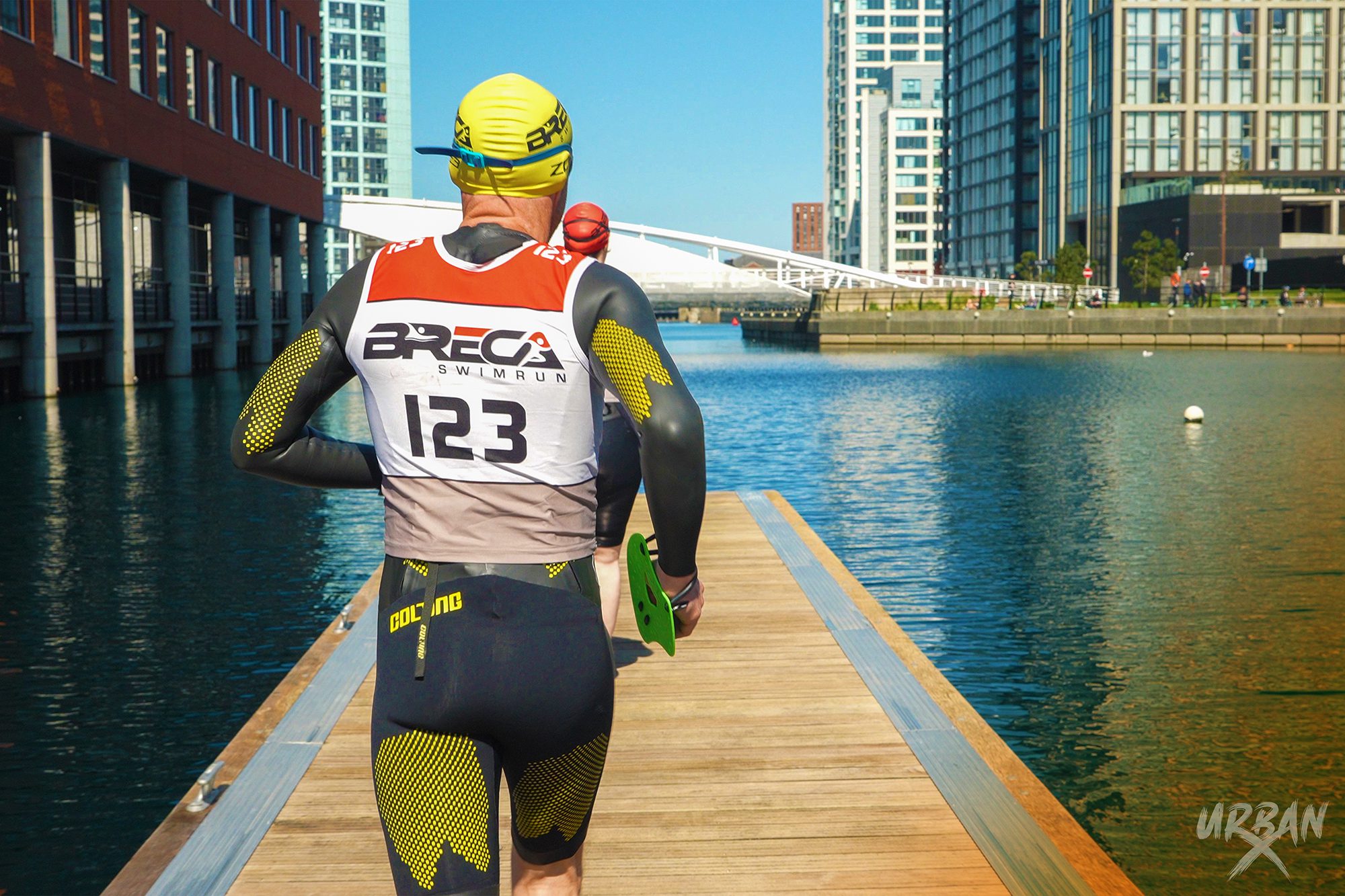
Knees account for almost half of the recorded cases of osteoarthritis with the Arthritis UK charity estimating it to rise to 5.4 million in 2020, and reaching 6.4 million by 2035.
The condition is a considerable burden on the NHS with an average of 90,000 knee replacements taking place each year in the UK at an average cost of £6,500 each, amounting to a total cost of over £580 million each year.
The basics
What is osteoarthritis of the knee?
When a joint is affected by arthritis it becomes damaged, painful and stiff. This occurs due to the breakdown of cartilage and its inability to repair and regenerate as efficiently as other structures in the body such as muscle and skin. This inability to repair is as a result of its lack of blood supply. As the cartilage wears down, the gap between the bones narrow, causing the bones to begin to rub and form bony spurs (osteophytes).
Arthritis of any joint causes that joint to become unstable, so the supporting structures of the joint are then forced to work harder to stabilise it, leaving them susceptible to injury themselves. The supporting structures of the knee include muscles, tendons, ligaments and the meniscus. Pain and lack of mobility can have a profound impact on an individual’s life physically, socially and mentally.
What causes knee arthritis?
There are many factors involved that predispose an individual to knee osteoarthritis. Much of the population are under the impression that it’s genetics and years of over use that play a large role but research is now showing other factors have more of an influence such as nutrition, lifestyle, body alignment and our environment.
If arthritis in the knee was down to genetics or years of over use, then you have to question why many individuals suffer arthritis on just one of their knees and not the other. If it was purely down to genetics you’d expect both knees to be as worn down as each other. Of course genetics and overuse play a role to a degree but often the main cause is subtle misalignments in the biomechanics of either the pelvis or ankles that an individual is often unaware of.
If it’s a misalignment of the ankle – a collapsed arch for example – it can drastically change the angle on the knee when walking and standing, forcing the outer parts of the cartilage to wear down. If it’s a pelvic misalignment, this can force one leg up or down so it would appear that one leg would look longer than the other, creating an imbalance in body weight bared across both knees. The average person takes approximately 6000 to 10000 steps a day, if all your body weight was baring predominantly on one knee more than the other every step you take, the cartilage will soon end up wearing down due to its inability to absorb such a large volume of shock. So, the cause of ‘years of overuse’ is partly true, but very much due to the overuse of one side of the knee from it’s inability to cope with these misalignments.
Running
Does running make arthritis worse?
Running will only make arthritis worse if the supporting structures of the knee aren’t in good condition and your body isn’t in proper alignment. The supporting structures of the knee include muscles, tendons and ligaments. Their role in running is to absorb shock and stabilise the knee, preventing excessive friction of the cartilage. As mentioned above, if your pelvis and ankles are misaligned during any activity whether it’s running, standing or walking, then that activity will make it worse.
How can runners prevent knee arthritis?
Regularly stretching all of the muscles in the leg pre and post running (dynamic stretches pre-run and static stretching post-run) will allow as much shock to be absorbed into the muscles as possible, preventing that shock going through the knee joint. Misalignments in the body are often caused by the action of limping from previous injuries, which is why it’s very important to always get your alignment checked by an osteopath or chiropractor after you’ve suffered an injury that had caused you to limp for any period of time, even for a couple of days.
Related Article: How to Warm Up For A Run
What is the correct footwear?
Having your running gait analysed at the time of purchase some running trainers would be one of the best ways to ensure your knees are in good alignment every running stride you take. In terms of shock absorption, the average running trainers absorb the most shock under 300 miles of use. If you run in trainers that have been used for any longer than 300 miles then some of that shock will then start to be transferred up into the lower leg and knees.
Oliver Eaton is a qualified and registered Osteopath, Medical Acupuncturist and Musculoskeletal Injection Therapist.






